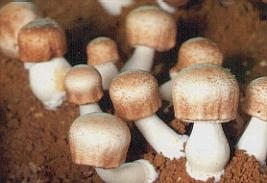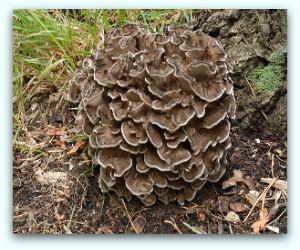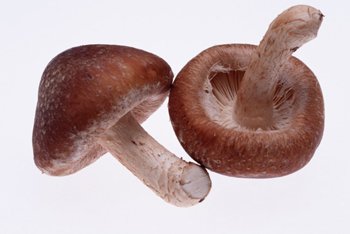
“The “classic” endocannabinoid (eCB) system… An emerging literature documents the “eCB deficiency syndrome” as an etiology in migraine, fibromyalgia, irritable bowel syndrome, psychological disorders, and other conditions. We performed a systematic review of clinical interventions that enhance the eCB system—ways to upregulate cannabinoid receptors, increase ligand synthesis, or inhibit ligand degradation.
Evidence indicates that several classes of pharmaceuticals upregulate the eCB system, including analgesics (acetaminophen, non-steroidal anti-inflammatory drugs, opioids, glucocorticoids), antidepressants, antipsychotics, anxiolytics, and anticonvulsants.
Clinical interventions characterized as “complementary and alternative medicine” also upregulate the eCB system: massage and manipulation, acupuncture, dietary supplements, and herbal medicines. Lifestyle modification (diet, weight control, exercise, and the use of psychoactive substances—alcohol, tobacco, coffee, cannabis) also modulate the eCB system.”
http://www.ncbi.nlm.nih.gov/pmc/articles/PMC3951193/#!po=4.79452










